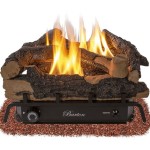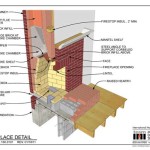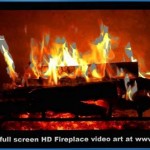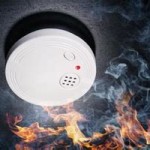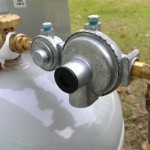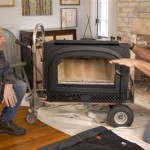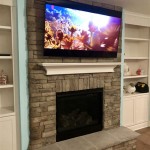Explore the Essential Aspects of Wall Fireplaces Gas
Wall fireplaces gas have emerged as a stylish and practical heating solution, seamlessly blending aesthetics with functionality. These fireplaces offer numerous benefits, enhancing both the ambiance and comfort of your living spaces. Understanding the essential aspects of wall fireplaces gas will enable you to make an informed decision when selecting the perfect addition to your home.
Fuel Type
Wall fireplaces gas primarily utilize natural gas or propane as their fuel source. Natural gas is a cost-effective and widely available option, while propane provides versatility and can be used in areas without natural gas access. Consider the fuel availability and cost in your region before making a decision.
Heating Capacity
The heating capacity of a wall fireplace gas is measured in British Thermal Units (BTUs). This value indicates the amount of heat the fireplace can generate. Determine the heat output required for your space by considering factors such as room size, insulation, and climate. A BTU range of 15,000 to 30,000 is generally suitable for most living rooms.
Design and Aesthetics
Wall fireplaces gas come in a variety of designs and styles, ranging from traditional to contemporary. Choose a fireplace that complements your home's decor and creates the desired ambiance. Consider the size of the fireplace, the shape of the mantel, and the material used for the surround.
Venting Options
Venting is essential for the safe operation of gas fireplaces. Two main venting options are available: direct vent and vent-free. Direct vent fireplaces exhaust combustion gases directly outside, making them more efficient and environmentally friendly. Vent-free fireplaces do not require an external vent, but they may emit small amounts of moisture and carbon dioxide into the room.
Safety Features
Wall fireplaces gas incorporate advanced safety features to ensure peace of mind. Remote controls allow for convenient ignition and flame adjustments. Oxygen depletion sensors monitor the room's oxygen levels and automatically shut off the fireplace if needed. Flame detectors provide additional protection by detecting if the flame is extinguished, preventing gas leaks.
Installation and Maintenance
Professional installation is crucial for the safe and proper operation of wall fireplaces gas. Hire a qualified contractor to connect the fireplace to the gas line, install the venting system, and conduct a safety check. Regular maintenance, such as cleaning the burner and checking the ignition system, is also essential to ensure longevity and efficiency.

7 Fireplace Surround Ideas That Will Ignite The Room

Fire Ribbon Direct Vent Slim Gas Fireplace Spark Modern Fires

Gas Fireplaces Fireplace Xtrordinair Made In America

Vent Free Archives SÓlas Contemporary Fireplaces

Napoleon Lv50n Vector 50 Direct Vent Gas Fireplace Remodel Linear Tv Wall

Premium Linear Gas Fireplace Lopi Fireplaces

Gas Electric Media Wall Fireplaces Nottingham Derby The Fireplace Studio
Custom Luxury Gas Fireplace Designs Stellar

Wall And Floor Mount Gas Or Bio Fuel Fireplaces Syam Distributors

Gas Fireplace Whd31 Napoleon Fireplaces Contemporary Closed Hearth Wall Mounted
Related Posts

